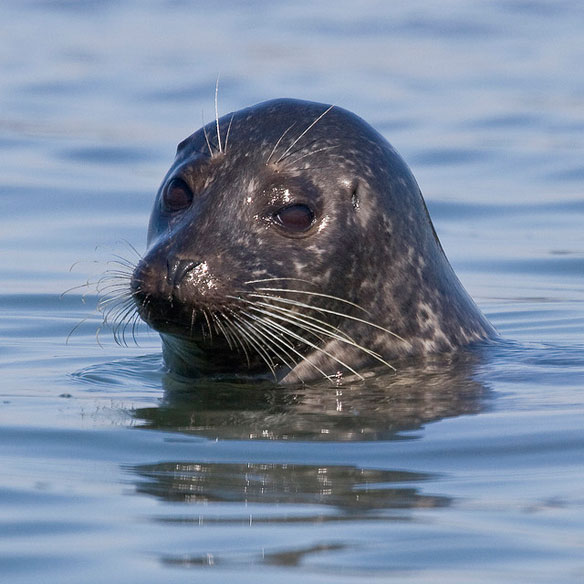
Photo source: ©© Mike Baird
By NOAA,
NOAA announced that the high number of seal deaths that have occurred along the New England coast since September has been declared an “Unusual Mortality Event.”
An unusual mortality event (UME) is defined under the Marine Mammal Protection Act as: “a stranding that is unexpected; involves a significant die-off of any marine mammal population; and demands immediate response.”
This will enable the agency to direct additional resources to further investigate the cause of these seal deaths.
“We want to remind people to not get close to seals encountered along the shore, to keep their pets away and to report any sightings to us through our stranding hotline, while we continue to assess whether there is any potential human health risk,” said Dr. Teri Rowles, National Marine Mammal Health and Stranding Response Program Coordinator, NOAA Fisheries Service.
The declaration of an Unusual Mortality Event (UME) was determined after a formal consultation with the Working Group on Marine Mammal Unusual Mortality Events, a panel of international experts established under the Marine Mammal Protection Act to monitor and investigate marine mammal health concerns.
From Sept. 1 to Nov. 3, NOAA’s national Marine Mammal Stranding Network, the New England Aquarium’s Marine Mammal Rescue Program and the University of New England’s Marine Animal Rescue Center, have been working with NOAA to respond to a reported 146 seals strandings in Maine, New Hampshire and northern Massachusetts. Most of the animals were harbor seals less than a year old. This is more than three times the average number of strandings that typically occur this time of year.
Preliminary pathology, biotoxin and virology analysis has been conducted on samples from five seals examined by the New England Aquarium. Samples from the five seals has tested positive for the Influenza A virus, while test results for six other viral pathogens and biotoxins were negative.
Even though preliminary results have been received, they are only indicative of those five cases, and additional evaluations are underway to determine whether the influenza virus has played a role in the overall mortalities.
An investigation team of marine mammal experts will work closely with NOAA, New England Stranding Network partners and the Working Group on Marine Mammal Unusual Mortality Events to identify and characterize the specific type of Influenza A virus found in these animals.
Seals, like other marine mammals (dolphins, whales, and sea lions), are protected under the Marine Mammal Protection Act. People and their pets should maintain a safe distance to avoid disturbing the animal, being subject to a fine or risking injury. Some safe viewing tips:
Call NOAA Fisheries Service’s stranding hotline at 1-866-755-NOAA (6622), or a local marine mammal stranding network member or visit NOAA’s Northeast Region website for local contact information.
Stay at least 50 yards (150 feet) away from seals or other marine mammals.
Keep dogs on a leash and don’t allow them to approach seals. Seals and dogs can easily infect each other with diseases since they are closely related species.









